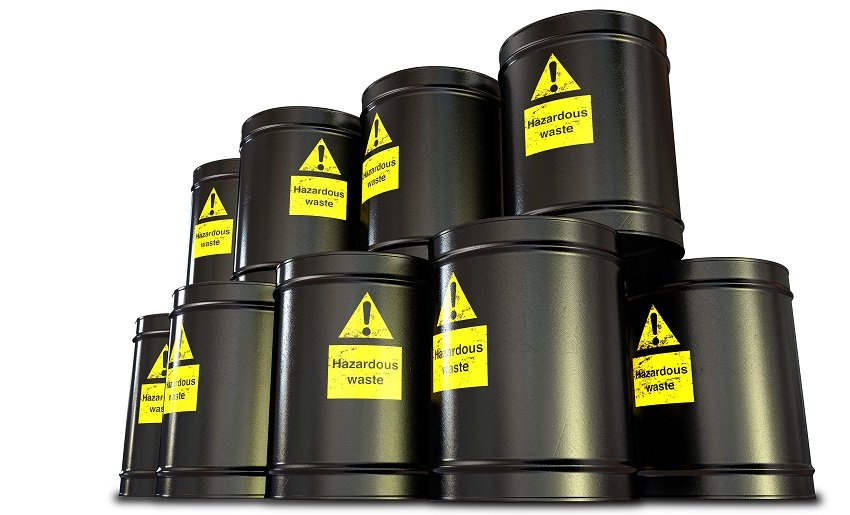Indonesia enacted the “Regulation of the Minister of the Environment and Forestry of the Republic of Indonesia No. 6 of 2021 on the Procedures and Requirements for the Management of Hazardous Wastes” (hereinafter referred to as “the Regulation”) on April 1, 2021 and the regulation came into effect on the same day. This Regulation, which is the implementing regulation for the “Government Decree No. 22 of 2021 on Environmental Protection Management,” consists of 14 chapters, 237 articles, and 29 annexes. It replaces several laws and regulations (described later) that were previously in force, and establishes regulations for the general management of hazardous waste (B3 waste). The annexes specify the thresholds for determining B3 waste (Annex 1), the storage facility requirements for B3 waste (Annex 6), the recording format for B3 waste management activities (Annex 9), the technical requirements for the use of B3 waste (Annex 13), and the emission standards for the incineration of B3 waste (Annex 14).
The management regulations for B3 waste stipulated in the Regulation cover the following 11 items.
-
- Determination of the state of B3 waste
- Reduction of B3 waste
- Storage of B3 waste
- Recovery of B3 waste
- Transport of B3 waste
- Use of B3 waste
- Treatment of B3 waste
- Accumulation of B3 waste
- Dumping of B3 waste
- Cross-border movement of B3 waste
- Application and issuance of technical certification in the field of B3 waste management and operational qualification certificate (SLO-PLB3) in the field of B3 waste management.
The following previous regulations are now invalid with the enforcement of the Regulation.
-
- Regulation of the Minister of Living Environment No. 18/2009 on the procedure for permits for the management of hazardous and toxic waste
- Regulation of the Minister of Environment and Forestry No. 63 of 2016 on the requirements and procedures for the storage of B3 waste at final landfill sites
- Regulation of the Minister of the Environment and Forestry No. 95 of 2018 on environmental permits for B3 waste through an electronically integrated business permit system
- Regulation of the Minister of the Environment and Forestry No. 12 of 2018 on the dumping of waste in the ocean
- Regulation of the Minister of the Environment and Forestry No. 4 of 2020 on the transport of B3 waste
- Regulation of the Minister of the Environment and Forestry No. 10 of 2020 on the procedure for the characteristic testing and determination of B3 waste
- Regulation of the Minister of the Environment and Forestry No. 18 of 2020 on the use of B3 waste
- Decision of the Head of the Agency for the Control of Environmental Impact No. 3 of 1995 on the technical requirements for the management of B3 waste
- Regulation of the Minister of the Environment No. 128 of 2003 on technical guidelines for the treatment of oil-contaminated soils
The original text of the Regulation can be downloaded from the following website.
https://jdih.menlhk.go.id/new/uploads/files/2021pmlhk006_menlhk_06082021104752.pdf
Reduction of B3 waste
The emitter of B3 waste shall proceed to reduce its generation. The following measures are presented in these Rules as methods of “reduction.”
-
- Substitute materials
- Changes in the manufacturing process
- Use of environmentally friendly technologies
These reduction activities must be reported in writing to the Minister of the Environment and Forestry every six months.
Storage of B3 waste
Storage requirements for B3 waste are specified in Chapter 4 (Articles 51 to 80) of the Regulation. Storage method requirements are broadly divided into three categories: storage location, storage method, and storage period, each of which is detailed below.
| Storage requirements | Details |
| Storage location
(Articles 56 to 67) |
|
| Storage method
(Articles 68 to 78) |
|
| Storage period
(Article 79) |
|
In addition, when storing B3 waste, it is also mandatory to record the amount and type of B3 waste generated. The record format is specified in Annex 9 of the Regulation and records must be submitted to the Ministry of the Environment and Forestry every six months via https://plb3.menlhk.go.id.
Manifest of the transport of B3 waste
An electronic manifest is required when transporting B3 waste. The transporter fills in the manifest, but the generator can also register as an operator at http://festronik.menlhk.go.id and confirm the contents of the description given by the transporter.
 Indonesia establishes regulation detailing the management requirements for hazardous waste
Indonesia establishes regulation detailing the management requirements for hazardous waste 

























